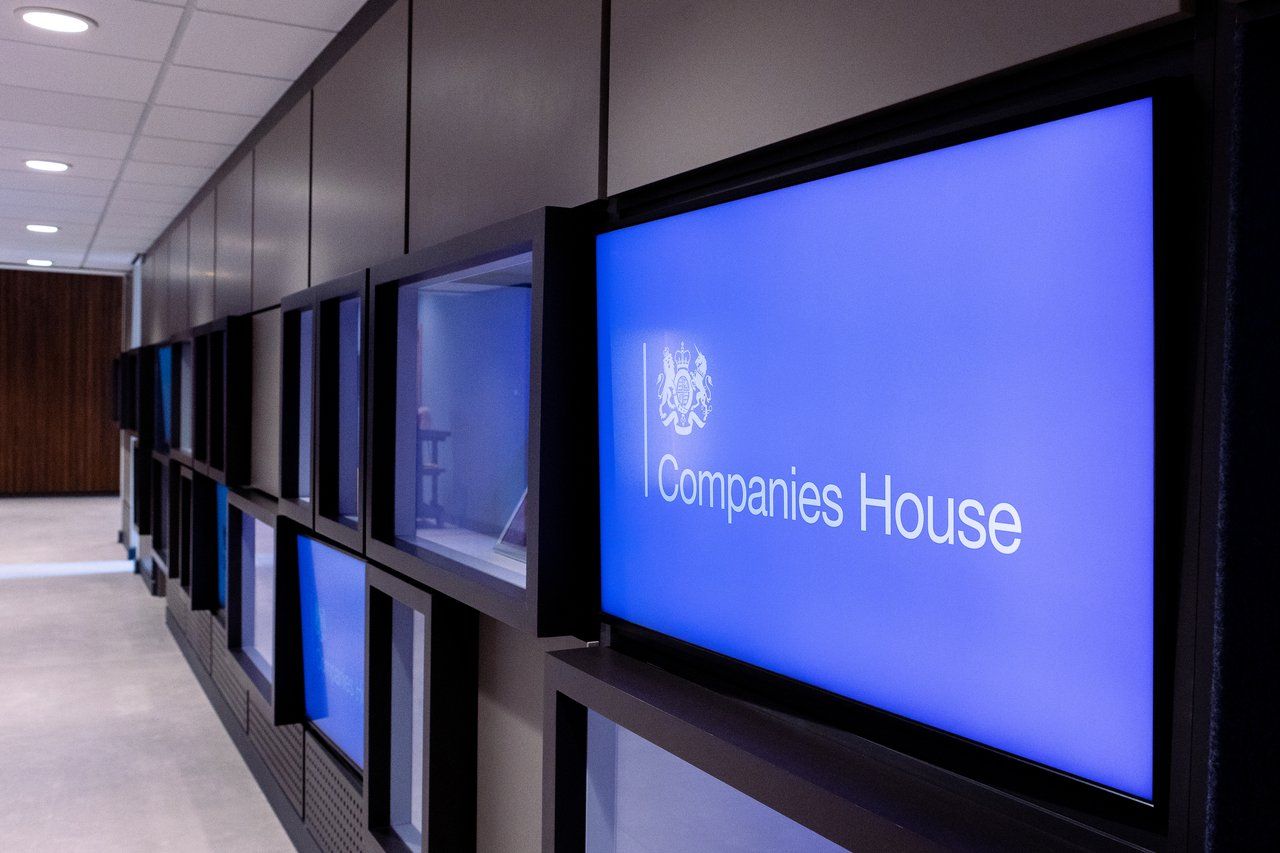Year-end tax planning and the value of investments
As the tax year end gets closer, there are a range of tax planning points that we can consider to ensure our tax affairs in order and tax reliefs are utilised. Investments are one such area that can provide some attractive tax reliefs, particularly for individuals paying tax at the higher and upper rates.
Tax benefits of investment schemes
Investment schemes are often of particular relevance to high net worth individuals with income tax liabilities to shelter at the higher and upper rates. It is well known that there are valuable tax reliefs available to individuals who are willing and able to invest in high risk private companies whether these are new start-ups or established companies.
The Seed Enterprise Investment Scheme (SEIS), for new start-ups, gives investors a tax reduction equivalent to 50% of any qualifying investment they make. The annual investment limit is £100,000.
A similar relief, albeit at a reduced rate of 30% of the investment, is available to individuals investing in a company qualifying under the Enterprise Investment Scheme (EIS).
With the EIS scheme, the annual investment limit is currently £1 million rising to £2 million in April 2018, if an appropriate proportion of the investment is in a knowledge-based company.
Click here to read more about the qualifying conditions and associated issues for the SEIS and EIS schemes in our Briefing Notes.
Timing is crucial for year-end qualifying investments
I would encourage high net worth individuals to think carefully about the timing of any qualifying investments they may wish to make.
With each of the schemes it is possible to relate back an investment made in a tax year to the tax year prior to that in which the investment is made. This is possible if there is surplus SEIS/EIS investment capacity (i.e. the £100,000 and £1 million limits have not been reached) in that earlier year and is advisable if there is a tax liability which can be reduced.
It is important to remember that the relief can only reduce a tax liability to nil. However, if tax has been paid in an earlier year, a repayment will follow.
One major benefit of relating back investments in this way, other than generating a repayment of tax, is the preservation and maximisation of tax relief for future investments.
As an example, if an individual makes a qualifying SEIS investment of £100,000 before 6 April 2018, has not made any such investment in 2016/17, and has a tax liability of a least £50,000, then relating back in full will reduce that tax liability by £50,000.
Relating back in this way will also free up potential for another investment in the current year or the coming tax year which could be related back to 2017/18. The relating back can be of as much or as little as is appropriate in the circumstances.
The crucial aspect is to ensure that the necessary investment is made before 6 April 2018 so that the flexibility and planning as detailed above can be carried out. This can be an issue, with new start-ups especially, because there is a specific procedure to be followed before a taxpayer will be able to make the necessary claims.
Specialist advice for year-end tax planning
The planning detailed above is simply following the statutory rules and should not give HMRC any reason to enquire into a taxpayer’s affairs.
It is perhaps making an obvious point, but individuals should only make such investments if they are comfortable with the underlying investment proposition – one should never let the tax tail wag the commercial dog!
Many sophisticated investors will have SEIS/EIS investments as part of their investment portfolio. They may be well used to all the relevant issues that need to be addressed to conclude a successful investment, but nevertheless there can often be some intricacies that can catch the unwary.
To discuss year end tax planning in more detail please don’t hesitate to get in touch.
Read more about the full range of specialist taxation services at Friend Partnership.

The year’s best staged production? Critical Acclaim for Melting Pot Productions’ Paranormal Activity

Friend Partnership is a forward-thinking firm of Chartered Accountants, Business Advisers, Corporate Finance and Tax Specialists, based In The UK
Share this page:




